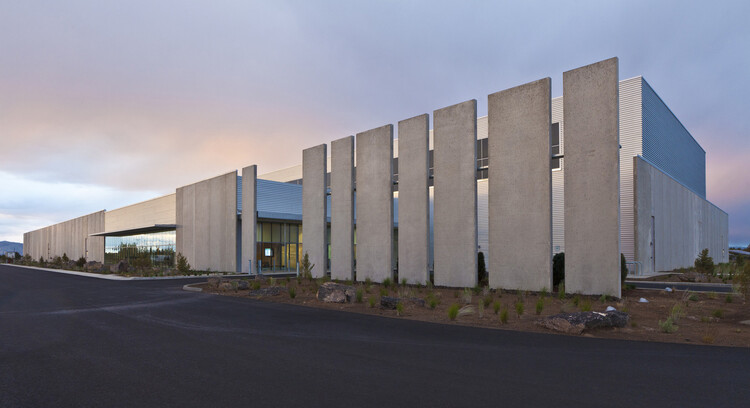
In the contemporary context, as has been said a multitude of times, we seem to be living in what is classified as a digital age. A worldwide pandemic has enhanced the popularity of digital avenues to communicate — such as Microsoft Teams and Zoom, and the multiplatform messaging app WhatsApp is reported to have over 2 billion active users. From an environmental standpoint, we see the migration of businesses to the “cloud” heralded as a sustainability win. In simplified terms and to pick out a specific example, companies can refrain from storing data on external hard drives, opting instead to store their data on online file hosting services.

Making this switch, according to the many cloud migration companies today, would reduce carbon emissions and drive sustainability.
But underpinning a corporation’s relocation to the cloud is, of course, a material element. A study may outline that businesses are less carbon-efficient when using on-premises data centers, but the data centers that run the internet we use, take up a sizeable architectural footprint. Google’s Data Centre in The Dalles, a city in the American state of Oregon, is not an elaborate architectural undertaking, utilitarian and industrial in appearance. The scale, however, is otherworldly. Before a 2016 expansion, estimates put its area at around 18,580 square meters (200,000 square feet). A building of that scale utilizes a vast amount of resources — and in the case of this typology the resource guzzled up is not only land but water as well.
Early 2022 saw the disclosure of how much water Google’s The Dalles facilities consumed over 2021 — the number was around 1.2 billion liters (274.5 million gallons). This consumption was more than a quarter of all the water used in the city, as the company attempts to strike a balance between cooling its computers through both electricity and water. The extensive use of such a precious resource is made even more glaring by climactic developments — late 2022 saw much of the county that The Dalles is located in hit by a severe drought.

The impact on the landscape from data centers also spills over to the afterlife of its hardware, with the monumental increase in electronic waste, from computing apparatus to general electrical parts. The rapid development of this waste is linked to the breakneck speed of technological innovation — as the relatively short 3-year typical lifespan of a cloud server necessitates the constant disposal of equipment deemed obsolete
Further exacerbating the extent of this waste are security concerns, with some companies demanding the destruction of server equipment that housed sensitive data, despite the presence of reusable components. It’s a stark reflection of the inefficiencies present in the systems that enable the global interactions and transactions that take place every second.

As some environmentalists bemoan the destruction of land that data centers can enable, other local authorities advocate for data center construction as a key part of their economic strategy. What is evident is that these centers, as much as they are individual buildings, that have been designed by the likes of Sheehan Partners and Benthem Crouwel Architects — they are also an integral avenue for understanding what a sustainable digital future looks like, and indeed, if it is even possible.

The data centers of the 1950s were complex but primitive — more computer room than an extensive structure. The data centers of the 90s were larger in scale upon the birth of the internet, mainly in the form of company server rooms within their premises. The data centers built by today’s multinationals are immense undertakings, helping companies manage their sustainability goals — but also dealing out their fair share of ecological harm. We might be in the age of the cloud, but it is an age that requires ever-expansive physical infrastructure.
This article is part of the ArchDaily Topics: Circular Economy. Every month we explore a topic in-depth through articles, interviews, news, and architecture projects. We invite you to learn more about our ArchDaily Topics. And, as always, at ArchDaily we welcome the contributions of our readers; if you want to submit an article or project, contact us.













